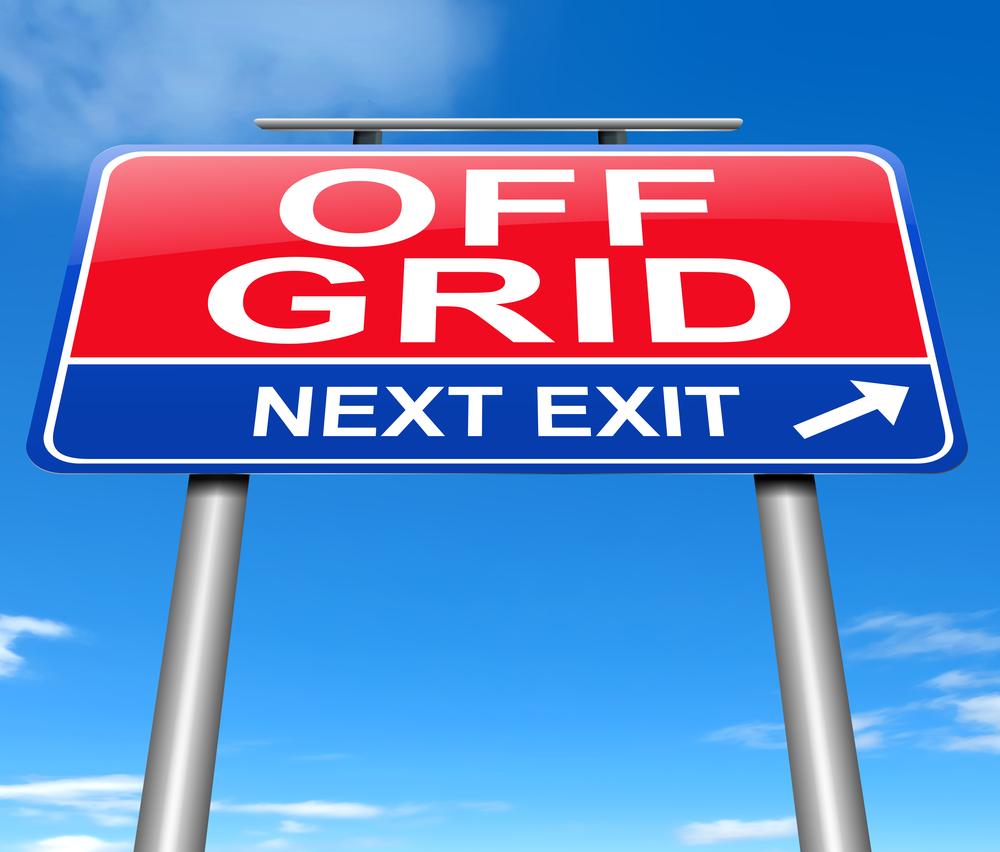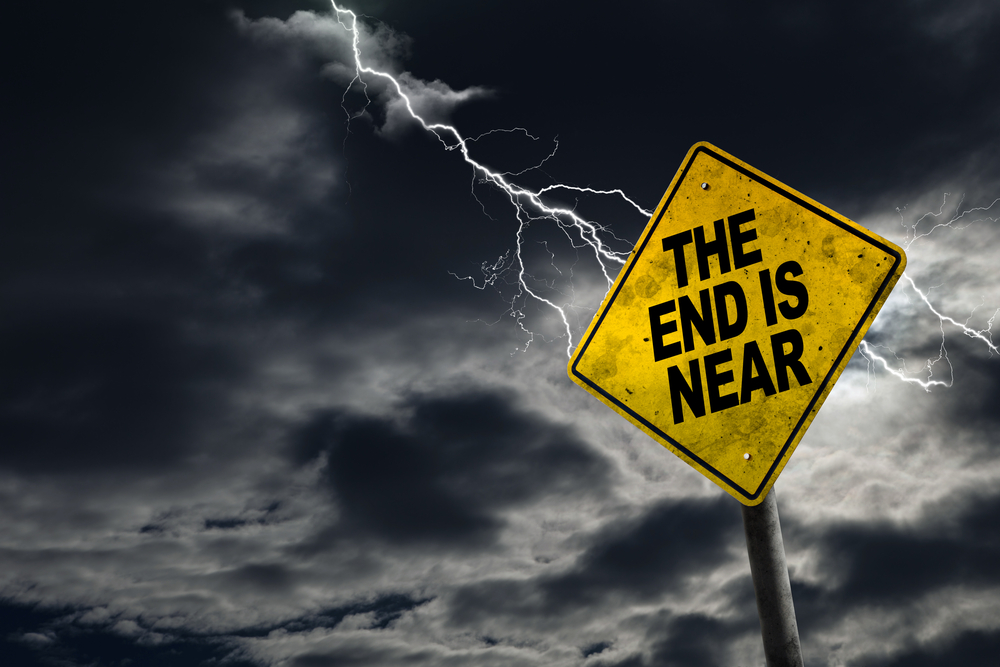
1. We may not need the electric grid as much as we think we do

Change occurs slowly in energy and often signals it’s coming years in advance. Watching these indicators is important because the electric power industry is capital-intensive, and bets made now need to pay off for decades.
I used to call off-grid power a nascent trend. It’s still highly unusual, but the conditions are right for it to grow. It’s time to start thinking about a future where homes and businesses won’t need the electric grid — at least not as much as they do now. As distributed energy, electric vehicles, and energy management systems gain traction, more building owners will choose to secure all or a lot of their electricity from on-site generation.
In a recent Energy Changemakers Livestream, Western University researchers Seyyed Ali Sadat and Joshua Pearce pointed out that utilities inadvertently encourage their customers to defect from the grid by raising electricity rates and making it harder and more expensive to install solar. Businesses have told me that they chose to power their facilities with off-grid power because it takes too long to get through the utility grid interconnection process.
Sadat and Pearce identified five places in the US where it’s now cheaper to generate power off grid. Innovative developers are finding that energy independence can also be cheaper in other parts of the country. In a California regulatory proceeding, stakeholders are raising questions about the legitimacy of the grid’s status as a natural monopoly because of distributed energy.
How this all shakes out remains to be seen, but my favorite grid futurists seem to think we’ll eventually see the electric grid become a secondary source of power, a backup system for the homes and businesses that don’t want to go completely off-grid.
Yet, we continue to plan the grid as if it will look and operate just as it does now, emphasizing huge transmission projects to move power long distances from centrally operated power plants.
2. Solar and EVs are shaking off old financial stigmas

For years, critics have called solar panels and electric vehicles “gilded technology,” accessible only to the wealthy. They remain big ticket items, but their prices have fallen, in solar’s case, by a lot. And that’s starting to impact who buys them.
The Lawrence Berekely National Laboratory conducted a massive review of 87% of US households with solar PV (4.1 million households) and found that their incomes now vary considerably, and many are low- and moderate earners.
The trend has been occurring for a while, albeit slowly. Median income among those installing solar fell from $141,000 in 2010 to $115,000 in 2023.
While the trend line looks good, the median household income for solar adopters last year was still pretty skewed — 53% higher than the overall median US income.
However, the researchers said if you dive deeper into that figure, it’s not so bad.
“That disparity is due partly to the fact that rooftop solar is largely limited to owner-occupied homes and partly to the concentration of the U.S. solar market in relatively high-income states. Controlling for both of those factors, solar-adopter incomes in 2023 were roughly 7% higher than the median income of owner-occupied households in the same state ($107,000),” says the paper by Galen Barbose, Sydney Forrester, Eric O’Shaughnessy, and Naïm Darghouth.
Solar adopters also tend to be college educated, live in a rural area, have higher home values, reside outside a disadvantaged community, be middle-aged, identify as non-Hispanic white, work in a business or financial occupation, and own a single-family home. But these differences also appear to be shrinking over time, paving the way for greater adoption.
Another LBNL study found that solar panels reduce what’s known as energy burden — the percentage of household income that goes toward paying energy bills.
After evaluating 500,000 households, the researchers determined that solar panels can generate a median savings of $691 a year when considering all of their costs, including those for leases and loans. As a result, most of the households, including low — and moderate-income households — saw their energy burden fall.
For most of the group, the energy burden fell from a median of 3.3% to 2.6%. For low-income households, the number fell from 7.7% to 6.2%. Importantly, solar reduced the rate of high or severe energy burden from 67% to 52% for all low-income households.
As LBNL notes, the findings are important because state and federal governments have set energy equity goals for marginal communities that have taken the brunt of environmental harm from fossil fuels.
Meanwhile, electric vehicles (EVs) also appear to be moving toward more equitable distribution — or at least the federal government is trying to make that happen.
The Center for American Progress (CAP) analyzed 100 congressional districts and found that lower-income communities receive a large share of federal money for batteries and EV charging.
About three-quarters of US EV battery and charger investment has occurred in communities with median household incomes below the national median of $74,755. Districts with a poverty rate above the national rate accounted for 65% of the investments.
Republican-leaning Congressional districts benefited the most when it comes to battery incentives, with 71% receiving funding. Investment in EV chargers is evenly split between Republican- and Democratic-represented districts, says CAP.
“Not only are these technology and battery investments happening in underserved areas, but they can also provide a pathway to higher-paying — and often unionized — jobs,” says the paper.
3. A prevailing doomsday narrative makes DERs a logical solution

A kind of doomsday narrative prevails among energy planners right now. It goes like this. We will soon need far more electricity than we can produce because of AI and data centers. But we can’t build more power plants because communities don’t want them in their backyards, even solar fields and wind farms. In any case, applications to interconnect are so backlogged that it’s hard to interconnect power plants in a reasonable time frame. And even if we can overcome all of that, we lack enough transmission to move the power.
If all of this is true — or even part of it — distributed energy looks like an increasingly favorable alternative. It’s far quicker to build, liked by consumers, and doesn’t require that we build more transmission. And rooftops, its main platform, are plentiful and expanding. In fact, the International Institute for Applied Systems Analysis (IIASA) reports that global rooftop area will grow 20% to 52% from 2020 to 2050.
“The implications of this research for policy and the public are significant. Our dataset can aid in more realistic planning of decentralized solar energy systems, thereby promoting sustainable energy solutions,” said lead author Siddharth Joshi, a research scholar in the Integrated Assessment and Climate Change Research Group of the IIASA Energy, Climate, and Environment Program.
Energy Innovation, a California think tank, spelled out other good reasons for electricity planners to consider distributed energy over traditional centralized infrastructure in its report Clean Energy Isn’t Driving Power Spikes.
Distributed solar and storage could avoid $300-$470 billion in transmission and distribution costs through 2050, said the report, citing an analysis by Vibrant Clean Energy. Virtual power plants could save $15-35 billion in costs from avoided centralized capacity over 10 years.
It’s not doomsday at all, but a promising year ahead for distributed energy.
Join Energy Changemakers in tracking these and other distributed energy trends in 2025 by signing up for our free newsletter. Catch the latest news and learn about our online events.
